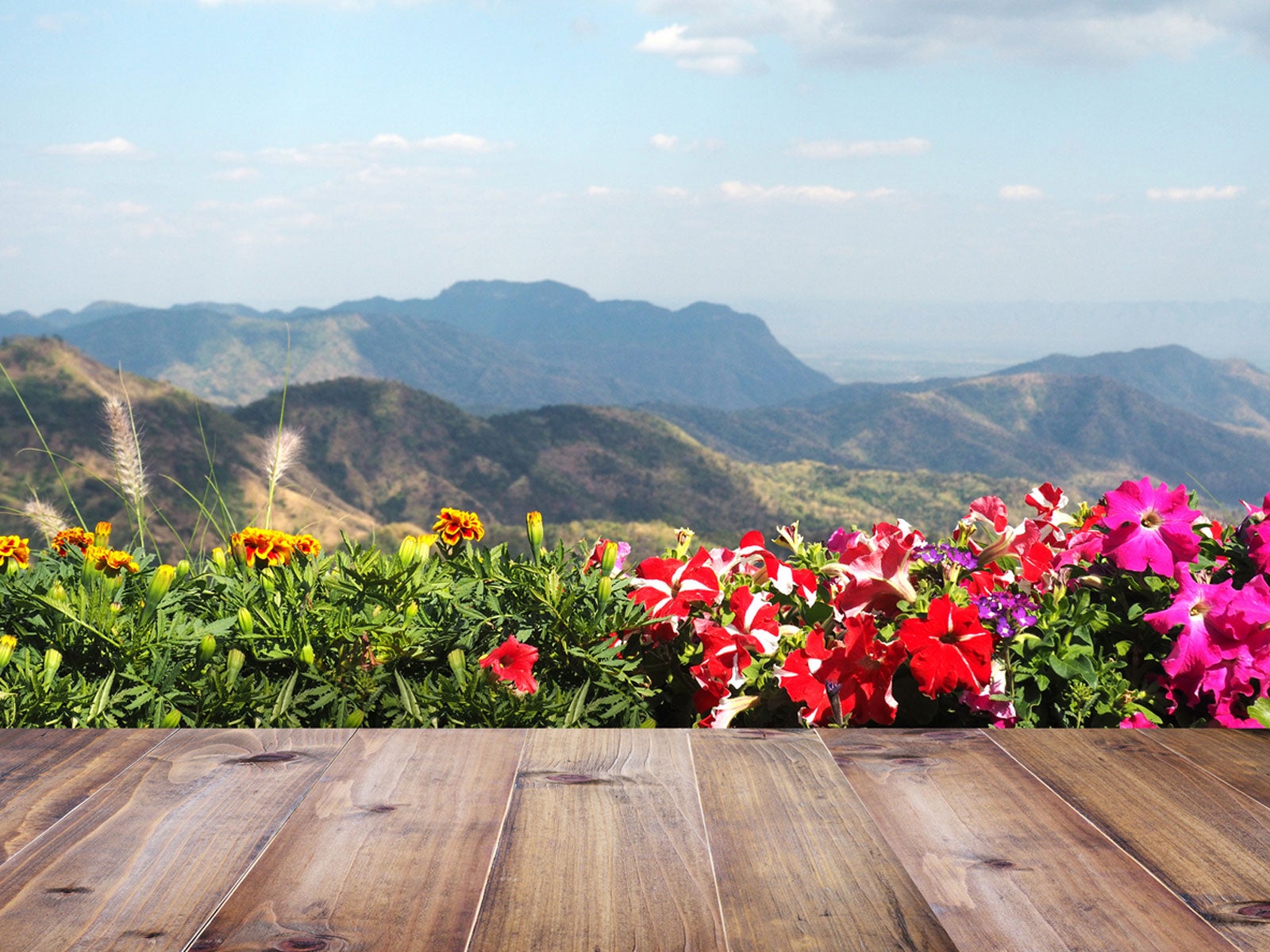Care For High Altitude Plants – Growing A High Elevation Garden


Gardening at high altitudes poses many problems. In mountainous regions, the soil is often poor and rocky. Unexpected weather can occur often, and the growing season is shorter. Other high-altitude areas may have a desert climate with searing heat and freezing winters. High altitude plants must be hardy and adaptable. Fortunately, there are many selections, including vegetables, for a high elevation garden.
Challenges of High-Altitude Gardening
Perhaps you have recently moved to an area with high altitude and want to get going on your landscaping. What grows at high altitudes? The mountain garden should feature native plants that are already adapted to the conditions. When installing non-native plants, pay special attention to the plant label, noting the hardiness zone and the plant’s requirements.
High elevations are often harsh and exposed to rough weather. The soil is usually low in nutrients and may be porous and hold little water. There are also often microclimates which can be quite different from the overall growing situation.
Slopes are hard to keep watered, erosion may occur, and the growing season is not very long. Each of these challenges can be conquered by careful planning, site and plant selection, and winter protection for those plants. Gardening at high altitudes doesn’t have to be frustrating, but it does take careful management.
Building the High Elevation Garden
An important aspect of high-altitude gardening is choosing appropriate sites for plants. In order to give them some protection, situate them where there is shelter from wind, pelting rains, and freezing snow. The southern or western side of the home will receive more sun and stay warmer.
Planting against a fence, garage, or other structure can minimize wind damage. Find any microclimates in your landscape where there is a natural dip, tree shadow, or full sun location. On hilly sites, consider building a rock garden or terracing to keep soil stable and provide some way for water to pocket.
The mountain garden can be a tough site but with some planning, it will become quite manageable.
Gardening tips, videos, info and more delivered right to your inbox!
Sign up for the Gardening Know How newsletter today and receive a free copy of our e-book "How to Grow Delicious Tomatoes".
High Altitude Plants
Choosing the right plants is the most important part of gardening at high altitudes. Contact your local extension office for a list of native plants that can be used in the landscape. Use tough perennials and evergreen plants that are hardy to your zone.
If you think a vegetable garden is out of the question, think again. Short-season veggies will still thrive in the garden provided you incorporate plenty of compost or manure into your soil.
Try leafy greens, root vegetables, cole crops, peas, and many varieties of herbs.
Add some color with pasque flower, jupiter’s beard, blue woolly speedwell, blanket flower, and yarrow. Most wildflower collections are hardy in the area in which they are sold and would make a carpet of jewel tones to brighten up larger areas of the garden.
Use floating covers as needed to protect plants from late frosts and extend the growing season.

Bonnie Grant is a professional landscaper with a Certification in Urban Gardening. She has been gardening and writing for 15 years. A former professional chef, she has a passion for edible landscaping.
-
 My Homemade Orchid Fertilizer Always Brings More Blooms – Here's The Easy Recipe That Transforms Plants
My Homemade Orchid Fertilizer Always Brings More Blooms – Here's The Easy Recipe That Transforms PlantsScientist-turned-gardener Mary Ellen Ellis shares her tried-and-tested DIY orchid fertilizer recipe, plus more ingredients to try for healthy, happy plants.
By Mary Ellen Ellis
-
 Looking For Plants To Give You The Soft And Fuzzies? Try These 5 Fuzzy Leaf Plant Options
Looking For Plants To Give You The Soft And Fuzzies? Try These 5 Fuzzy Leaf Plant OptionsLovers of texture, drama, silver foliage and tactile plants will adore these special sensory garden additions. These fuzzy leaf plant options will leave you all aglow
By Susan Albert